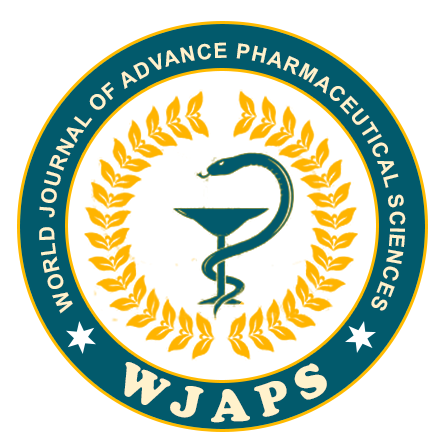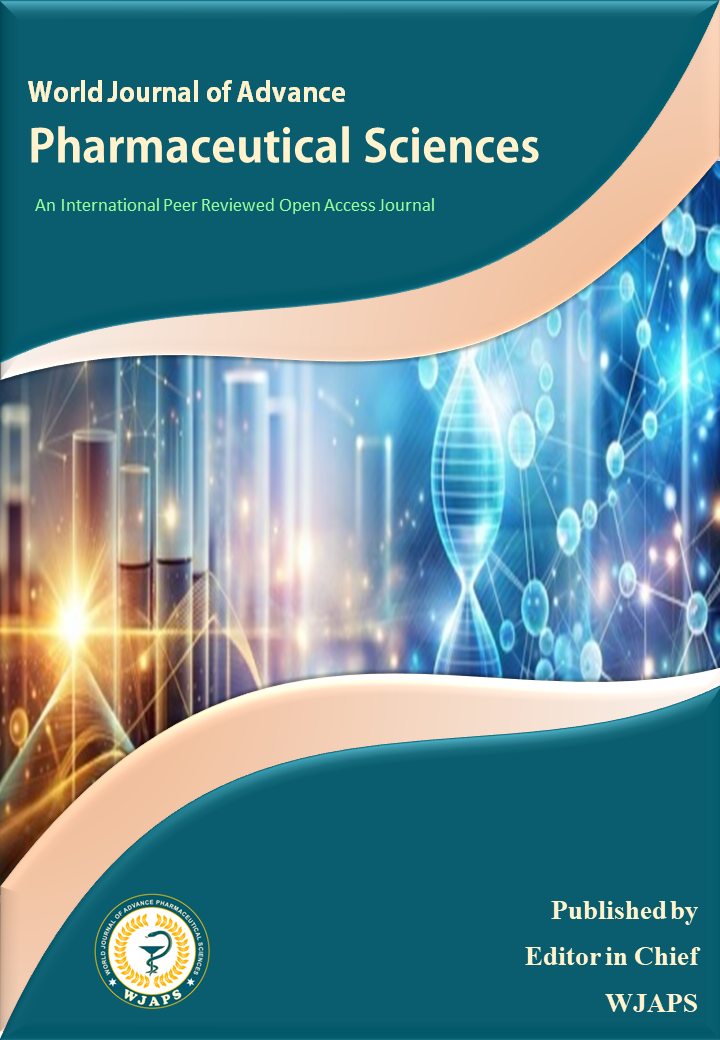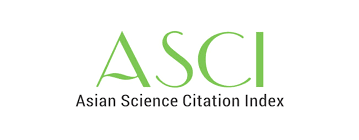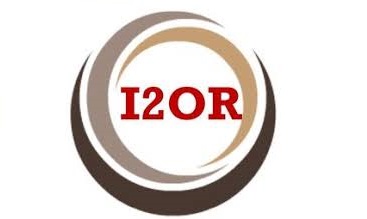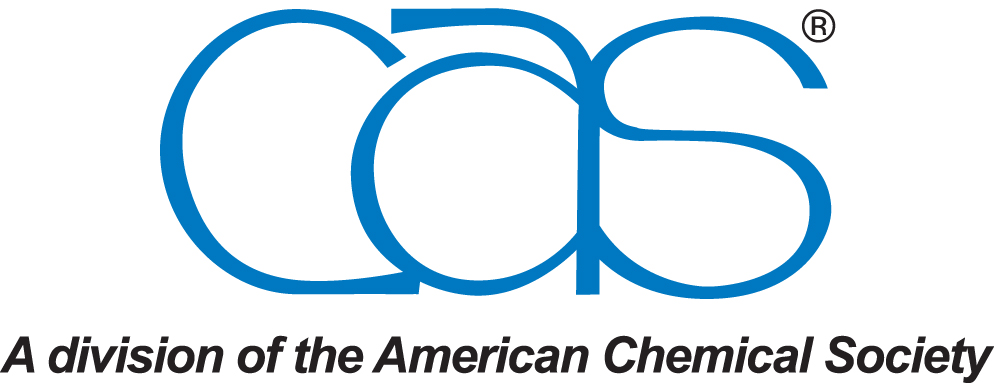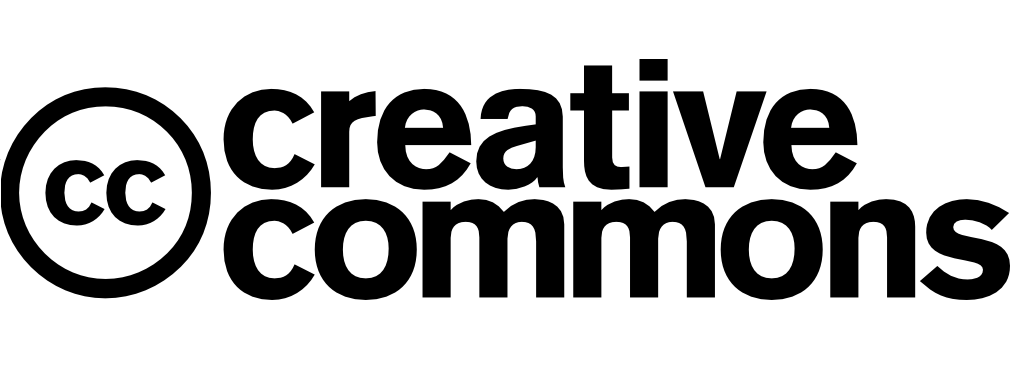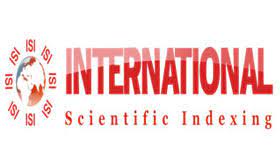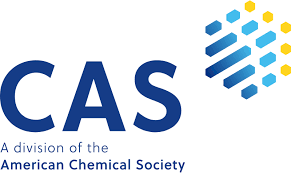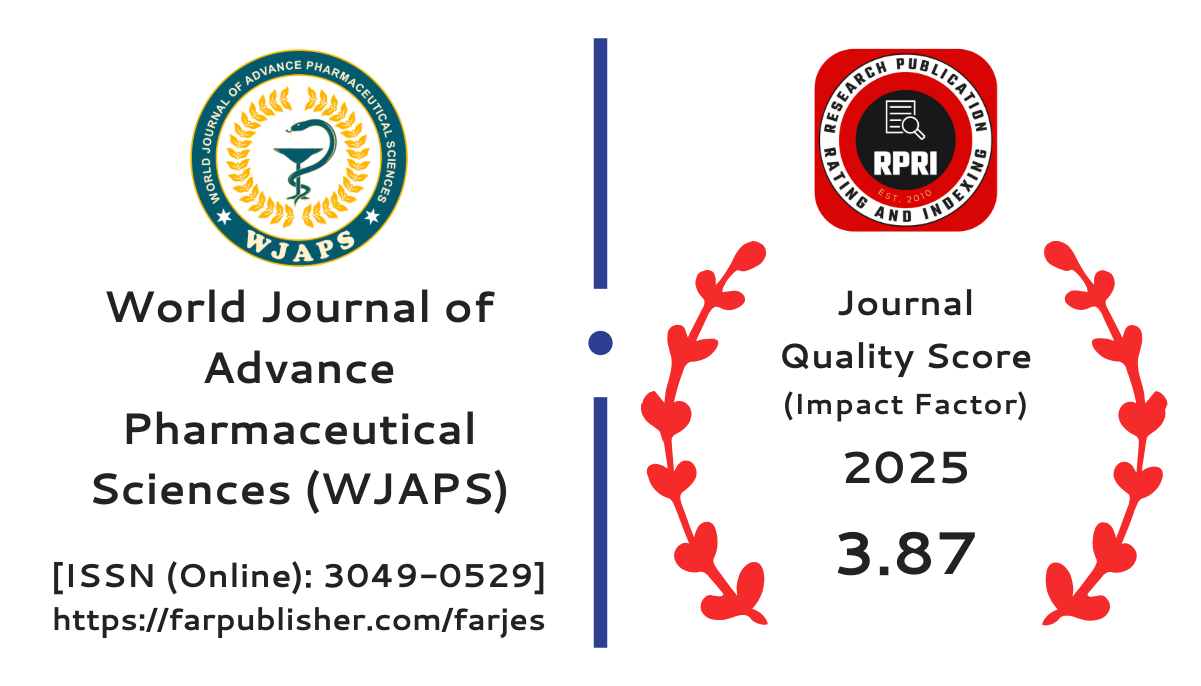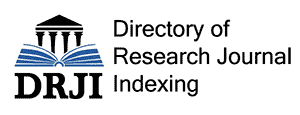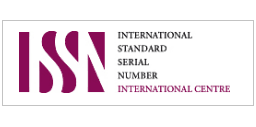THE EFFECTS OF EXCIPIENTS ON DRUG SOLUBILITY & PERMEABILITY: A BIOPHARMACEUTICAL PERSPECTIVE
*Aditya R. Kirmirwar, Prof. Pankaj P. Fitwe, Dr. Shivshankar D. Mhaske, Prathamesh S. Masne and Ganesh R. Mehta
Despite being thought of as inert substances, excipients are essential for improving drug permeability and solubility, which has a big impact on bioavailability and therapeutic results. Optimizing solubility and permeability is crucial in biopharmaceutics, particularly for medications that fall into Classes II and IV of the Biopharmaceutical Classification System (BCS) and are poorly soluble in water and have low permeability. The mechanisms by which excipients affect drug permeability and solubility are examined in this review, with a focus on how they affect formulation development. To increase drug solubility, excipients such lipid-based carriers, polymers, and surfactants have been used widely. By decreasing surface tension and improving drug particle wetting, surfactants, for instance, improve solubility and make it easier for drugs to dissolve in gastrointestinal (GI) fluids. Solid dispersions are produced by hydrophilic polymers such as polyethylene glycol (PEG) and polyvinylpyrrolidone (PVP), which stabilize medications in an amorphous state that is more soluble than crystalline forms. By increasing its dispersion in GI fluids, lipid-based formulations like liposomes and self-emulsifying drug delivery systems (SEDDS) provide other ways to increase the solubility of hydrophobic medications. Excipients are essential for boosting medication permeability in addition to improving solubility. Drug transport across intestinal barriers is facilitated by penetration enhancers including bile salts, fatty acids, and surfactants, which alter the integrity of biological membranes. These excipients function by promoting fluidity in membranes, facilitating tight junctions, or blocking efflux transporters, such as P-glycoprotein, which actively remove medications from cells. These excipients greatly enhance drug absorption by removing permeability barriers, particularly for medications with limited permeability in their native condition. Even while excipients have benefits, using them might provide difficulties. Formulation development must take into account safety issues, legal barriers, and the possibility of interactions between excipients and active pharmaceutical ingredients (APIs). Furthermore, physiological variables including pH variations and GI tract enzyme activity might cause excipient performance to vary, which could affect the uniformity of medication absorption. Excipients are essential to contemporary medication formulation, especially when it comes to enhancing the permeability and solubility of difficult drug candidates. New opportunities for improving medication absorption and bioavailability are constantly presented by developments in excipient technology. Nonetheless, further investigation is required to tackle safety, stability, and regulatory issues, guaranteeing that excipients efficiently enhance drug delivery in biopharmaceutical applications.
[get full article]